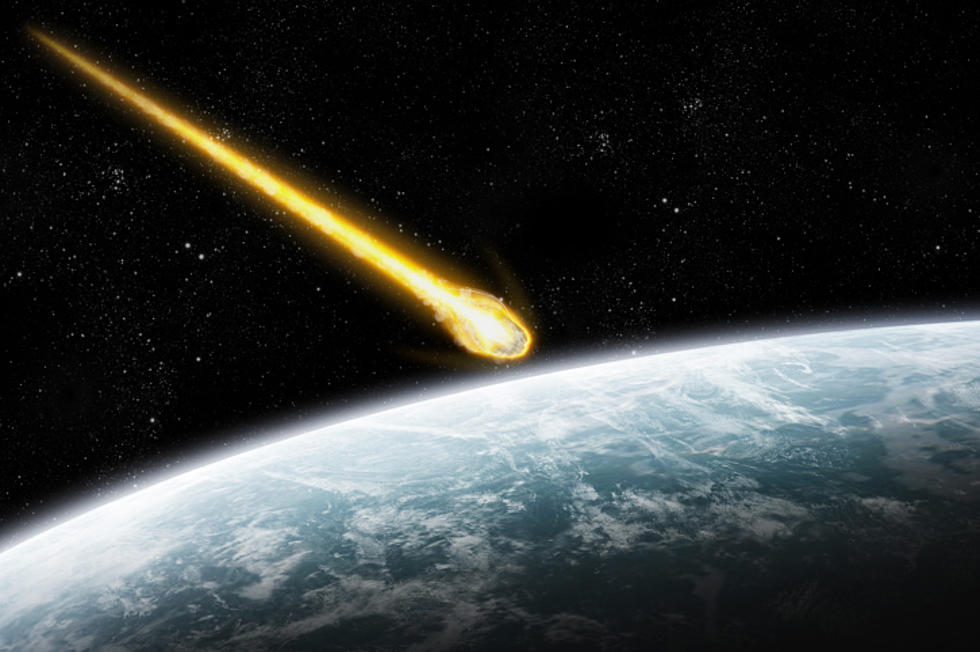
Multiple Asteroids to Zoom by Earth Within the Next Week
Just like how we're being treated to multiple Meteor Showers this week, the same can be said for Asteroids.
Soaring by Earth this weekend (July 31) will be Asteroid 2019 YM6 at a speed of around 30,100 miles per hour (or over 8 miles per second).
This asteroid is supposed to pass by Earth at a distance of over 4.2 million miles – nearly 18 times farther than our distance from the moon.
Spacereference.org says 2019 YM6 is a:
"Near-Earth Asteroid" due to its orbit's proximity to Earth, but it is not considered potentially hazardous because computer simulations have not indicated any imminent likelihood of a future collision.
In 2031, this asteroid will pass nearly 300,000 miles closer to Earth.
According to spacereference.org, 2019 YM6 orbits the sun every 401 days and is comparable in size to a school bus or smaller (around 35 feet or less). But NASA thinks it’s bigger than that – 420 feet.
Two more will fly by on August 3rd. 92-foot-long ‘Asteroid 2020 PN1’ will come within 2.29 million miles (less than 10x the distance Earth is from the moon) of Earth on Sunday. This will be the closest that this asteroid has ever come to Earth, dating calculations back to 1900, and won’t get any closer until at least the year 2162. This asteroid was only discovered last August.
An airplane-sized 210-foot-long Asteroid, 2021 NL4, will come within 3,050,000 miles (nearly 13x the distance Earth is from the moon) on the same day, August 3.
Another smaller asteroid (about the size of a house) will also zip by us at just over three million miles away.
On Sunday, July 25, an asteroid about as long as the Great Pyramid of Giza is tall zoomed by Earth less than three million miles from us at 18,000 MPH. This asteroid -- named 2008 GO20 ------- made its closest approach on Aug. 4, 1901, when it was within 806,000 miles of our planet, according to NASA records.
Space rocks smaller than about 80 feet will most likely burn up as they enter the Earth's atmosphere.
According to NASA’s Jet Propulsion Library:
About once a year, an automobile-sized asteroid hits Earth's atmosphere, creates an impressive fireball, and burns up before reaching the surface.
Every 2,000 years or so, a meteoroid the size of a football field hits Earth and causes significant damage to the area.
LOOK: Iowa's 12 Smallest Towns That You Could Blink and Miss
Celebs Share Their Personal Paranormal Stories


